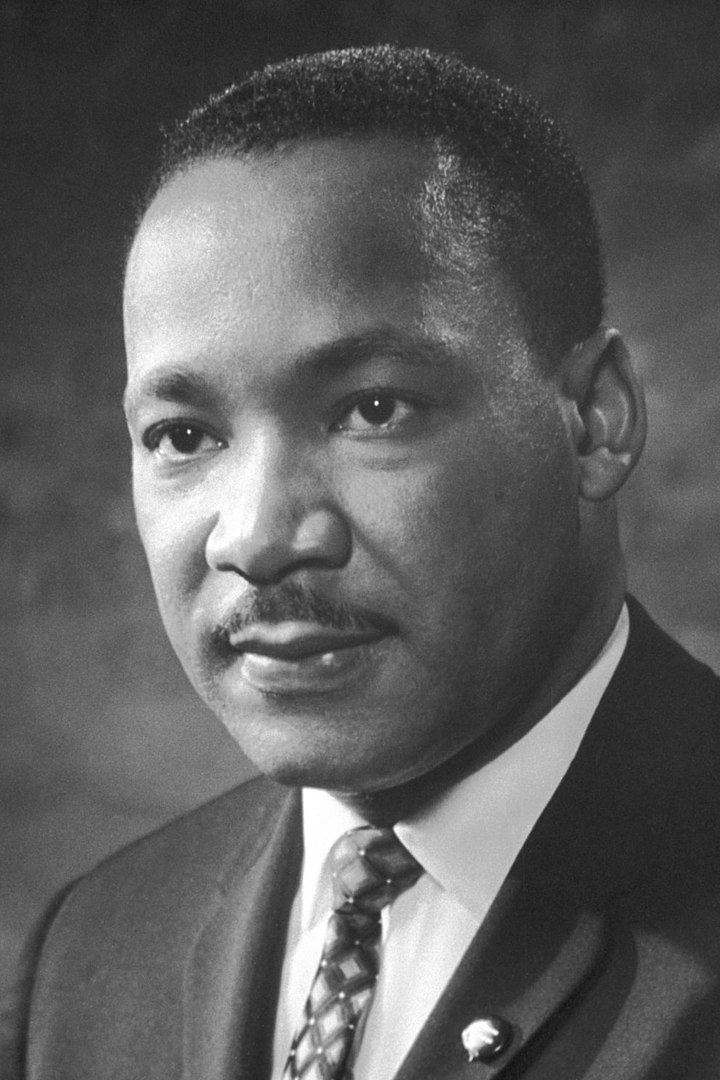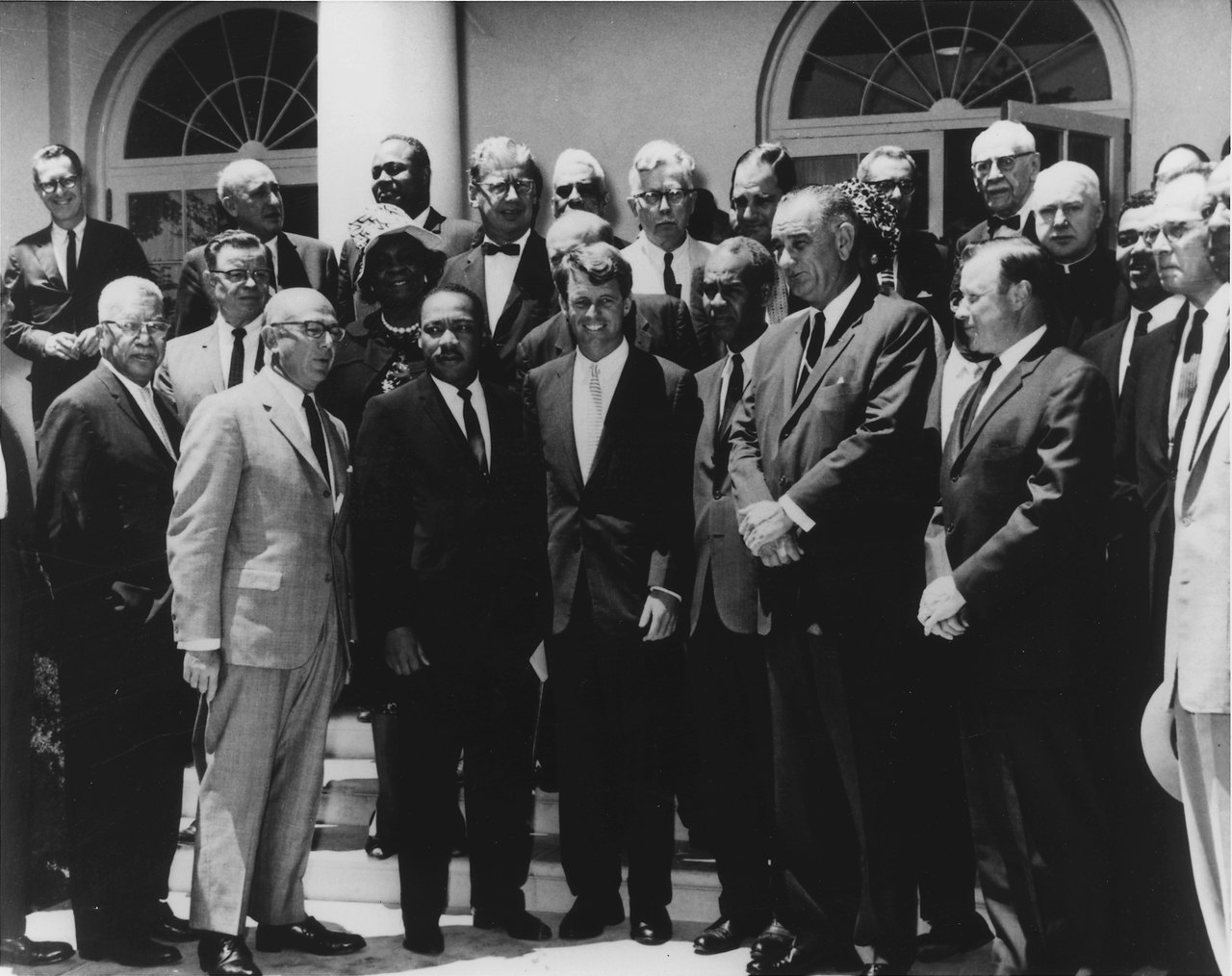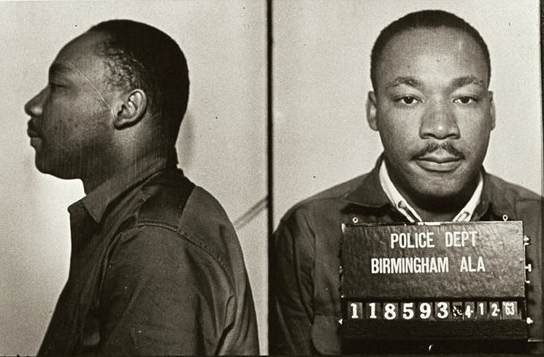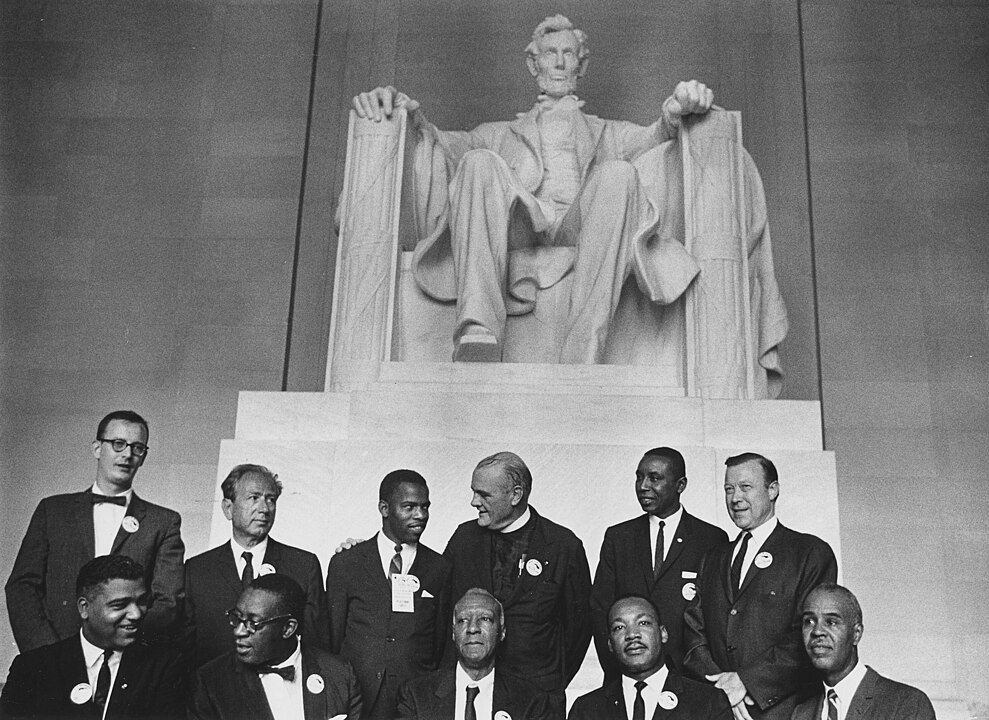Martin Luther King Jr., a name synonymous with the American Civil Rights Movement, encapsulates the essence of nonviolent resistance against systemic racial injustice. Born into the turbulent social landscape of early 20th century America, King’s journey from the son of a Baptist preacher in Atlanta to the forefront of one of the most pivotal movements in American history is a testament to his unwavering commitment to the principles of nonviolence and his dream of a society where individuals are judged not by the color of their skin, but by the content of their character.
This post aims to explore in depth how Martin Luther King Jr. shaped the Civil Rights Movement, highlighting his early influences, leadership roles, challenges, and his lasting legacy.
Let’s begin…
Early Life and Education
Martin Luther King Jr.’s formative years laid the foundation for his future role as a leader of the Civil Rights Movement. Born on January 15, 1929, in Atlanta, Georgia, King was raised in a family deeply rooted in the traditions of the African-American Baptist church. His father, Martin Luther King Sr., was a prominent Baptist minister and an early influence on King’s moral and ethical outlook, instilling in him a strong sense of justice and the importance of standing against inequality.
King’s education played a crucial role in shaping his intellectual and philosophical perspectives. He attended Morehouse College, a historically black college in Atlanta, where he was exposed to the writings of Henry David Thoreau and the idea of civil disobedience, which would later influence his approach to social activism. King then went on to attend Crozer Theological Seminary in Pennsylvania, where he became acquainted with the teachings of Mahatma Gandhi on nonviolent resistance—a philosophy that would become the cornerstone of his approach to the Civil Rights Movement.
In 1955, King earned a doctorate in systematic theology from Boston University, further deepening his understanding of theological principles and how they could be applied to the struggle for civil rights. His academic pursuits equipped him with the intellectual rigor and ethical framework necessary to lead a social movement grounded in the principles of love, justice, and equality.
The Emergence of a Leader
The Montgomery Bus Boycott of 1955 marked King’s emergence as a national figure in the Civil Rights Movement. The boycott began after Rosa Parks, an African American woman, was arrested for refusing to give up her seat to a white passenger on a Montgomery bus, in violation of the city’s racial segregation laws. King was elected to lead the boycott, which lasted for over a year and ended with a Supreme Court decision declaring segregated seating on public buses unconstitutional.
King’s leadership during the boycott demonstrated his commitment to nonviolent protest and his ability to inspire and mobilize the African American community in Montgomery. His eloquent speeches and unwavering stance against injustice drew national attention, establishing him as a prominent voice in the struggle for civil rights.
The success of the Montgomery Bus Boycott also highlighted the power of collective action and nonviolent resistance, setting the stage for future civil rights campaigns. Under King’s leadership, the boycott became a model for challenging racial segregation and discrimination, demonstrating that peaceful protest could bring about significant social change.
King’s role in the Montgomery Bus Boycott was just the beginning of his journey as a leader of the Civil Rights Movement. It was here that he first employed the strategies of nonviolent protest and civil disobedience that would define his approach to social activism. His leadership during this pivotal moment in history not only challenged the status quo but also laid the groundwork for the broader civil rights campaigns that would follow.
The Philosophy of Nonviolence
At the heart of Martin Luther King Jr.’s leadership within the Civil Rights Movement was his unwavering commitment to the philosophy of nonviolent resistance. This approach, deeply influenced by the teachings of Mahatma Gandhi, was not merely a tactic for King but a way of life that sought to achieve justice and equality through peaceful means. King believed that nonviolence was the most potent weapon available to oppressed people in their struggle for civil rights, as it sought to win over opponents by appealing to their sense of morality and justice, rather than resorting to hatred or violence.
King’s philosophy of nonviolence was rooted in the belief that love could overcome hatred and that moral force was more powerful than physical force. He argued that nonviolent resistance did not seek to defeat or humiliate the opponent but to win friendship and understanding. This approach was based on the conviction that the universe is on the side of justice and that the struggle for civil rights was part of a larger moral arc bending towards justice.
The principles of nonviolent resistance were put into practice through organized protests, sit-ins, marches, and boycotts that characterized the Civil Rights Movement under King’s leadership. These actions were designed to expose the injustices and inequalities faced by African Americans, compelling the nation to confront and address these issues. By maintaining a nonviolent stance, even in the face of violent opposition, King and his followers demonstrated the moral high ground, garnering sympathy and support from a broader segment of the American public and the international community.
King’s adherence to nonviolence was not without its critics, even within the Civil Rights Movement. Some activists argued for a more militant stance in the face of persistent racism and violence. However, King remained steadfast in his belief that nonviolence was the most effective means of achieving lasting social change. His commitment to this principle was tested time and again, most notably during the Birmingham campaign and the Selma to Montgomery marches, where peaceful protesters faced brutal repression.
Key Milestones and Speeches
Throughout his leadership in the Civil Rights Movement, Martin Luther King Jr. was instrumental in orchestrating and participating in several key milestones that would have a lasting impact on the fight for racial equality in the United States. His speeches during these events not only mobilized supporters but also captured the attention of the world, highlighting the moral urgency of the Civil Rights Movement.
The Birmingham Campaign (1963):
King led a series of nonviolent protests against racial segregation in Birmingham, Alabama, one of the most racially divided cities in the United States. The campaign faced fierce opposition from local authorities, resulting in the arrest of King and many others. It was during this time that King wrote his famous “Letter from Birmingham Jail,” a powerful defense of civil disobedience and a call to action for justice that resonated with a national audience.
The March on Washington (1963):
Perhaps the most iconic moment of the Civil Rights Movement, the March on Washington for Jobs and Freedom attracted over 250,000 participants to the nation’s capital. It was here that King delivered his legendary “I Have a Dream” speech from the steps of the Lincoln Memorial, articulating a vision of an America free from racism and injustice. The speech not only inspired millions but also helped to galvanize the movement for civil rights legislation.
The Selma to Montgomery Marches (1965):
In response to the obstruction of African American voting rights in Selma, Alabama, King and other civil rights leaders organized a series of marches from Selma to the state capital of Montgomery. The brutal response by local law enforcement to the first march, known as “Bloody Sunday,” drew nationwide attention and outrage, leading to increased support for the movement. These marches were pivotal in the passage of the Voting Rights Act of 1965, a landmark piece of legislation that sought to eliminate the barriers to voting for African Americans.
These milestones, marked by King’s leadership and eloquence, were not only significant achievements in the struggle for civil rights but also exemplified his philosophy of nonviolent resistance. King’s speeches during these events, imbued with moral clarity and a vision for a better future, continue to inspire those who strive for justice and equality around the world.
Challenges and Criticisms
Despite his pivotal role in advancing the Civil Rights Movement, Martin Luther King Jr. faced significant challenges and criticisms from various quarters. His steadfast commitment to nonviolence was met with skepticism and opposition, not only from those who upheld the status quo of segregation and racial inequality but also from within the movement itself. These internal and external pressures tested King’s resolve and the strategic direction of the Civil Rights Movement.
Internal Criticisms within the Civil Rights Movement
Some factions within the Civil Rights Movement argued that King’s philosophy of nonviolent resistance was too passive in the face of the severe oppression and violence African Americans continued to endure. Figures like Malcolm X and groups such as the Black Panther Party advocated for a more militant stance against racial injustice, emphasizing self-defense and black empowerment as means to achieve civil rights. This divergence in tactics and philosophy led to debates within the movement about the most effective strategies for combating racism and achieving equality.
External Opposition and Surveillance
King’s activities and his prominence as a leader made him a target of relentless surveillance and harassment by the FBI, under the direction of J. Edgar Hoover. The FBI viewed King as a radical and a potential threat to national security, partly due to his associations with individuals suspected of having communist ties. The agency’s covert program, COINTELPRO, aimed to discredit King and undermine his leadership, employing tactics such as wiretapping, psychological warfare, and attempts to sow discord within the Civil Rights Movement.
The Challenge of Broadening the Movement
As the Civil Rights Movement progressed, King sought to broaden its scope beyond racial equality to address issues of economic justice and opposition to the Vietnam War. This expansion of the movement’s goals attracted further criticism, with some arguing that King was diluting the focus on civil rights and alienating potential allies. His stance against the Vietnam War, in particular, drew condemnation from supporters of the war effort and some civil rights activists who feared it would detract from the struggle for racial equality.
King’s Response to Criticisms
Despite these challenges, King remained committed to the principles of nonviolent resistance, advocating for a society where individuals could coexist in equality and peace. He believed that the struggle for civil rights was part of a larger global fight against injustice and that nonviolence offered the most moral and effective means to achieve transformative social change. King’s ability to maintain his principles in the face of criticism, while also adapting to the evolving dynamics of the movement, underscored his leadership and vision.
Legacy and Impact
Martin Luther King Jr.’s legacy extends far beyond his pivotal role in the Civil Rights Movement. His vision of a just and equitable society, his commitment to nonviolence, and his ability to mobilize and inspire people across racial, national, and economic lines have left an indelible mark on American society and the world. King’s influence is evident in the continued struggles for racial equality, social justice, and human rights globally.
Enduring Influence on Social Justice Movements
King’s philosophy of nonviolent resistance has influenced numerous social justice movements around the world, from the fight against apartheid in South Africa to contemporary struggles for democracy and human rights. Activists and leaders continue to draw inspiration from King’s teachings and strategies, applying the principles of nonviolence to confront injustice and inequality in various contexts.
Educational and Cultural Impact
King’s speeches and writings are studied in schools and universities as exemplary works of American rhetoric and as essential guides to ethical leadership and social activism. The annual observance of Martin Luther King Jr. Day in the United States serves as a reminder of his contributions to the country and the ongoing relevance of his vision. Monuments, museums, and educational programs dedicated to King’s memory seek to educate the public about the Civil Rights Movement and the principles for which he stood.
Reflection on King’s Vision in Contemporary Society
While significant progress has been made since the days of the Civil Rights Movement, Martin Luther King Jr.’s dream of a society free from racism and inequality remains a work in progress. His call to action continues to resonate, urging each generation to confront the challenges of its time with courage, compassion, and a commitment to justice. King’s legacy challenges us to envision a world where equality and freedom are not just ideals but realities for all.
Martin Luther King Jr.’s influence on the Civil Rights Movement and his enduring legacy remind us of the power of visionary leadership and the impact of dedicated individuals on the course of history. His life and work serve as a beacon of hope and a call to action for those committed to dismantling injustice and building a more equitable and compassionate world.
Conclusion
King’s vision of a society where individuals are judged by the content of their character rather than the color of their skin remains a guiding light in the ongoing struggle for racial and social justice. His philosophy of nonviolent resistance, rooted in love and a profound belief in the dignity of all human beings, offers a timeless blueprint for addressing the complex social challenges of our time. As we reflect on King’s contributions, we are reminded that the journey toward equality and justice is ongoing, requiring the collective effort of each generation to realize the ideals for which he fought.




